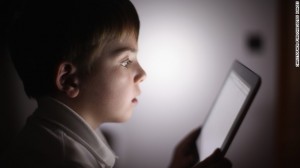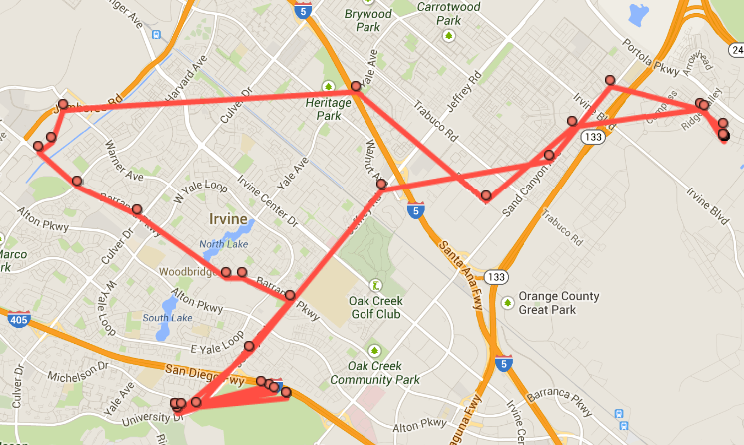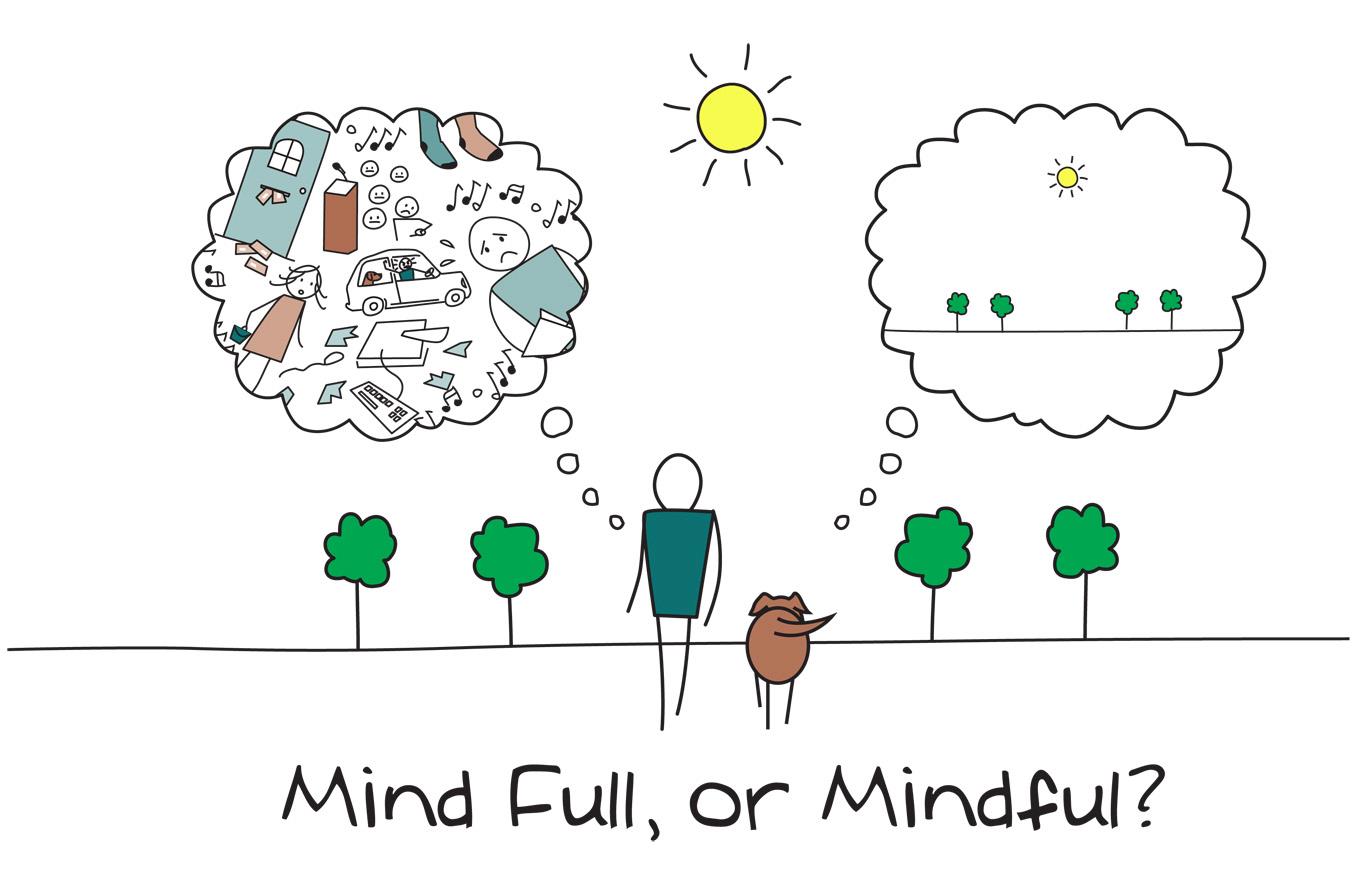Last night was our final critique of our semester in Medical Media Arts Lab. It’s been a incredible journey being able to see a simple idea turn into a feasible project in just a few short months!
Here have been my three biggest takeaways:
1. Having a passion is so important. Many times throughout the semester I would feel discouraged or unmotivated, especially in the beginning when we were trying to figure out what exactly was the question we were trying to answer. Were we trying to make an exhibit to educate people about artificial heart technology or to tell the untold story of Dr. Akers’ contribution? After the first critique many of the comments expressed the same. But as Mijin mentioned in our presentation, it was the passion and excitement of the audience members during our first presentation that made us realize we had something bigger on our hands than we expected and helped us go back to the drawing board and see our problem in a different light. It was also encouraging each time we conducted an oral history interview with the individuals involved in the artificial heart project in the 1960’s. They each were so willing to share their story and eager to see it come to life in the present day, and the energy was contagious. Without a passion and an intrinsic motivation to continue, this project wouldn’t be happening.
2. Teamwork is essential. Our prototype and ideas honestly wouldn’t have come this far without the team I was in. Emily is an amazing speaker and hard worker, Mijin has valuable resources and skills with capturing stories from the past, and I contribute with my skills in digital media. This can be applied beyond the scope of our project into the subject of healthcare as well. All semester we’ve been talking about how to improve the communication, through whatever medium, between physician and patient. We’ve been talking about changing the conversation of the physician-patient relationship from the patient being a passive follower to the patient having an active voice and contribution to the dialogue about their healthcare. This can only happen if both the patient and doctor see themselves as a team rather than two opposing sides of a problem.
3. Start with Why. This is technically taken from Simon Sinek’s TED talk, but it’s been a common critique through the design process and practicing our presentations as well. Each time we’ve come up with a cool idea for a display we wanted to include in the exhibit, we were always stopped and asked “Why?” Would implementing this idea bring us closer to our goal, or do we want to add it because it looks cool? I saw the same principle applied in the other projects as well as they gave their final critiques. Many of the other teams designed a mobile app as part of their solution to their problem, but I liked how the ICU team recognized that although using an iPad to display information about rounds would be cool and in line with the digital health literacy trends of today, the current limitations of technology suggest that using a more traditional medium like a giant display screen would suit their problem’s needs a lot better.
I’m so thankful to my team members, our amazing problem-owners Dr. Grande-Allen and Dr. Igo, Dr. Ostherr and the teaching team, and all the individuals who helped us get to where we are today. I’ll be graduating this semester and moving to a different city so my contribution to our Artificial Hearts Project has come to an end, but it’s been an honor to be a part of this amazing process, and I can’t wait to visit when the exhibition opens!







